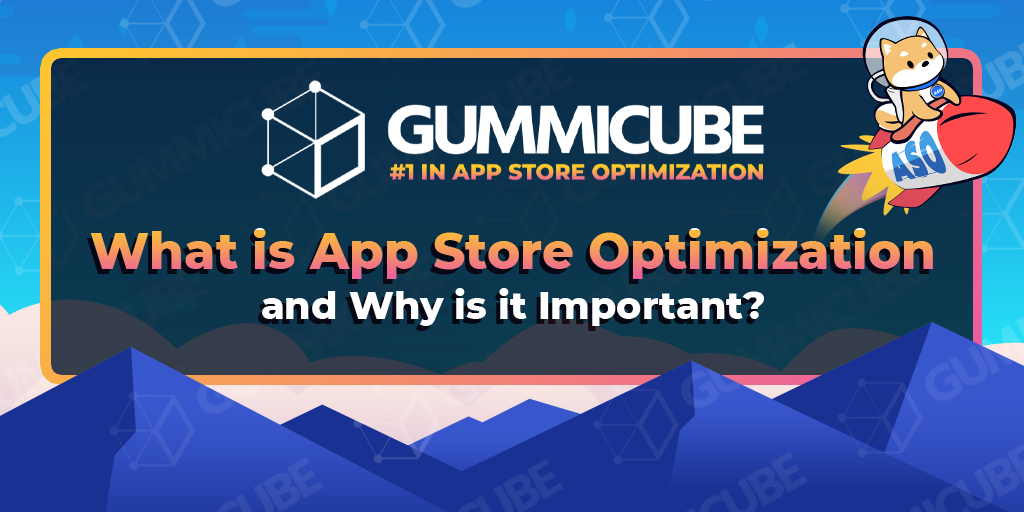App Store Optimization (ASO) is important for app developers to gain keyword visibility, downloads and retention on the Apple App Store and Google Play Store.…
Comments closedTag: Apple
I’m a big believer that we need government oversight for some things. Without it, we would be overrun by snake oil salesmen. But sometimes governments attempt to regulate something that doesn’t need regulation.
Comments closedThis guide is going to walk you through the steps to set up in-app purchases in your iOS apps. It may be best to get…
Comments closedApple just released Apple Transporter to manually upload apps to the Mac and iOS App Stores.
Comments closedDid you know that you have a custom icon on folders created from your Xojo app? Read on to learn more!
Uniform Type Identifiers (UTIs) are one of the many often misunderstood parts of building native macOS apps. While they’re not just for specifying file types, that’s what I’m going to focus on today.
Comments closedAt WWDC 2019, Apple announced macOS Catalina (10.15). They didn’t specifically mention it during the keynote, but the writing has been on the wall for…
Comments closedXojoTalk is back with a super-sized episode! Paul and Geoff talk about announcements from WWDC 2019 and more. Download mp3. Show Notes tvOS 13 iOS…
Comments closedEvery year we watch Apple’s WWDC keynote address to see what new features are coming in macOS and iOS that we’ll want or need to…
Comments closedWith Xojo 2018 Release 4, we updated the macOS SDK to 10.14. This means that App Transport Security is now something you need to be aware of for your Mac apps.
Comments closedTo help developers check if their software is ready for 64-bit, Apple added a new tool for developers in Xcode 9. With this tool, you can force macOS to run as “64-bit only” to see if your software is ready for a 64-bit only environment.
Comments closed

